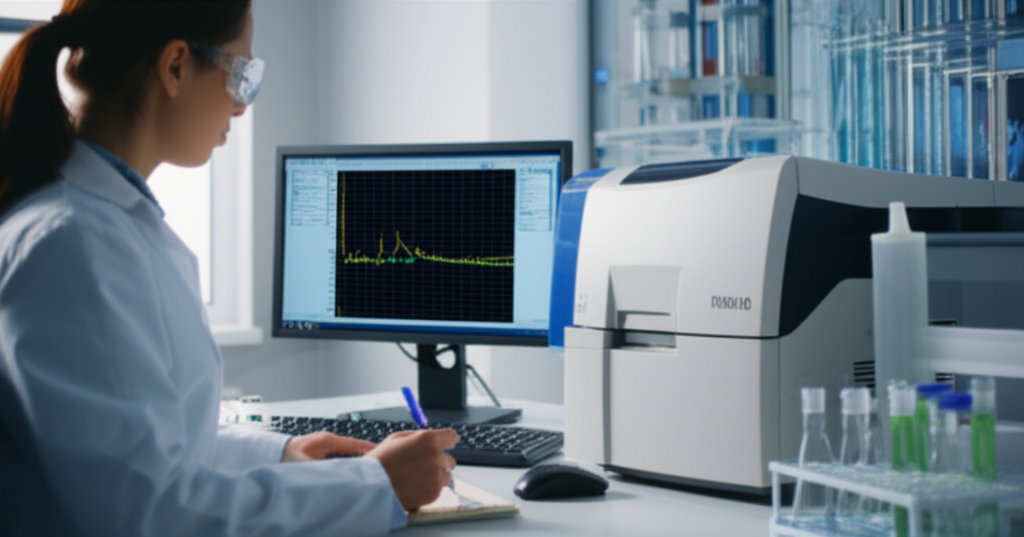Tranexamic Acid, identified by its CAS number 1197-18-8, stands as a cornerstone in the pharmaceutical industry as a critical raw material. This compound, a synthetic derivative of the amino acid lysine, is widely recognized for its potent antifibrinolytic properties. Its primary function revolves around the inhibition of fibrinolysis, the process by which blood clots are dissolved in the body. By preventing the premature breakdown of clots, Tranexamic Acid plays a pivotal role in controlling and preventing excessive bleeding in a variety of clinical scenarios.
The mechanism of action for Tranexamic Acid is centered on its competitive inhibition of the activation of plasminogen to plasmin. Plasmin is the enzyme responsible for degrading fibrin, the meshwork that forms the basis of a blood clot. By binding to the lysine-binding sites on plasminogen, Tranexamic Acid effectively prevents plasminogen from interacting with fibrin, thereby stabilizing the clot and promoting hemostasis.
As a pharmaceutical raw material, Tranexamic Acid (CAS 1197-18-8) is supplied as a white or almost white crystalline powder. Its physical characteristics are crucial for its formulation into various dosage forms. It demonstrates free solubility in water and glacial acetic acid, while being practically insoluble in acetone and ethanol (96%). These solubility properties are important considerations during the manufacturing process of finished pharmaceutical products. The crystalline nature ensures stability and ease of handling and storage, provided it is kept in appropriate conditions.
The applications of Tranexamic Acid are diverse and significant in the medical field. It is extensively used to manage and prevent bleeding in surgical procedures, particularly those associated with a high risk of blood loss, such as orthopedic surgery, cardiac surgery, and prostatectomy. Its ability to reduce intra- and post-operative bleeding can lead to decreased transfusion requirements and improved patient outcomes. Furthermore, it is a standard treatment for heavy menstrual bleeding (menorrhagia), effectively reducing blood flow and improving quality of life for affected individuals. Other uses include management of nosebleeds (epistaxis), prevention of bleeding in patients with hemophilia undergoing dental extractions, and treatment of hereditary angioedema. Emerging applications also include its use in dermatology for treating melasma and other forms of hyperpigmentation due to its effect on plasmin's role in melanin production pathways.

Quality is paramount when it comes to pharmaceutical raw materials. Tranexamic Acid (CAS 1197-18-8) intended for pharmaceutical use must meet stringent quality standards, such as those outlined in pharmacopoeias like BP (British Pharmacopoeia), USP (United States Pharmacopeia), and EP (European Pharmacopoeia). This includes strict controls on purity, identity, physical properties, and the absence of impurities. Analytical tests, including infrared absorption spectroscopy for identification and pH measurements, are essential to confirm the material's conformity to established specifications. A typical pH for an aqueous solution is around 7.45, as indicated by standard tests.
Ensuring a reliable supply of high-quality Tranexamic Acid raw material is vital for pharmaceutical manufacturers worldwide. The material is typically transported in drums, ensuring its integrity during transit and storage. Production capacity is a key factor for suppliers, needing to meet global demand which can vary based on surgical volumes and treatment guidelines. A robust production capacity ensures consistent availability for downstream manufacturing processes.
For pharmaceutical companies and formulators seeking this essential raw material, finding a reputable and consistent manufacturer or supplier of Tranexamic Acid CAS 1197-18-8 is crucial. Establishing a relationship with a source that adheres to GMP (Good Manufacturing Practices) standards and provides comprehensive quality documentation is non-negotiable. The market price for bulk quantities of Tranexamic Acid powder can fluctuate based on global supply and demand dynamics, as well as the specific purity and quality grade required. Companies often look for competitive pricing without compromising on quality standards.
When considering where to buy Tranexamic Acid or how to purchase Tranexamic Acid, engaging directly with established raw material suppliers is the standard approach. Discussions typically involve quantity requirements, desired quality specifications (e.g., conforming to BP, USP, or EP), packaging preferences, and logistics for transport. Reputable suppliers can provide samples for evaluation and testing before a larger purchase is made, ensuring the material meets the customer's specific needs and passes internal quality control checks. Understanding the supplier's production processes, quality control measures, and regulatory compliance is an important part of the sourcing process.
In conclusion, Tranexamic Acid CAS 1197-18-8 is an indispensable pharmaceutical raw material, critical for manufacturing medications used to manage bleeding in various medical and surgical settings. Its well-defined chemical structure, mechanism of action, and physical properties make it highly effective. Sourcing this material requires diligence to ensure high quality, compliance with pharmaceutical standards, and working with a reliable manufacturer and supplier to secure competitive price and facilitate smooth processes to buy and purchase the necessary quantities for pharmaceutical production.
Manufacturing Facilities






Professional Export Experience
to Global Customers

1. 20 years of R&D, manufacturing and sales experience, serving customers in 60 countries and regions around the world;
2. Own R&D laboratory, pilot platform and large-scale production workshop, which can meet the audit requirements of global customers;
3. We can satisfy customers' perfect transition from small scale lab requirements (gram level) to commercialization requirements (hundred tons level).
A: We don't have Minimum Order Quantity, exact quantity should be provided before quotation for us to calculate the exact cost.
A: We don't provide free samples due to lots of request and expensive international courier's cost, we can deduct the sample charge after commercial order placed.
A: Our payment terms: Small or sample order: T/T IN ADVANCE. Commercial order: First order should be by T/T IN ADVANCE or L/C at sight, and following orders T/T 30~90days is acceptable subject to approval of credit application.